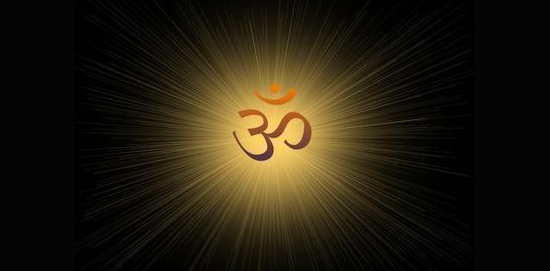Sanskrit: The Language of Yoga

In my classes I use Sanskrit when cueing some poses, along with the English translation. I don’t do this to intimidate or show off; I’m not fluent in the language by any means. But I do think it’s important to acknowledge the culture from which the practice of Yoga originated. Sanskrit is an ancient language used in much of India’s literature, including Hindu scriptures. The Yoga Sutras of Patanjali are one example of Sanskrit literature, and contains therein a guide to the practicing yoga. Patanjali does not, however, present yoga as we in the west have practiced it, moving the body about in various shapes purely for bodily exercise, but rather he presents the idea that “Yoga is to still the patterning of consciousness” (Yoga Sutra 1.2). It took a long time for Yoga to be developed into what it is today, and over time the original goal of yoga, which is Sanskrit for “union” has become lost amid the push to look good in yoga pants. But just as with anything we believe is beneficial to our well-being, we should have some understanding of its origins, and so for me there are 3 main reason I use the original language of Yoga when I teach.
1. To Draw Attention to the Present
This drawing of attention to the present isn’t just for my students but for me as well. When I say “forward fold” and follow it with “Uttanasana,” which literally means to stand and fold forward, it might seem redundant, but what I am doing is reiterating the action we are performing in the present moment. It is for emphasis of remaining undistracted by anything outside of the action of folding forward.
2. To “Still the patterning of consciousness”
Every day we find ourselves thinking over and over again of the same things. Test this. Take a day to journal your thoughts. Read that journal to yourself after a week and you will likely discover a pattern of thoughts. In yoga we are not trying to escape our thoughts or shame ourselves for thinking about the same things again and again, but we are trying to find ourselves challenged and distracted enough by finding our sthira sukham asanam (steady, comfortable, seat). Patanjali writes in the Yoga Sutras, “The postures of meditation should embody steadiness and ease” (II.46). Various postures have been developed over centuries in order to find ways to still the patterns of the mind, giving clarity for new and more creative ways of being in the world, and ultimately to bring us inner peace.
3. To Acknowledge the Origin of Yoga Practice
I’m open to teaching anyone, and when I teach I am entirely who I am outside of teaching. I believe it’s important to know that what we are doing here in our yoga asana (posture) practice is all so that we might arrive at a place of meditation and perhaps even be enlightened and awakened to something deep within we didn’t realize was there. Language is a powerful tool. When we sing about the mercy of God in Latin it is a far different experience (at least, in my perception) that singing about His mercy in English. The same is true of Sanskrit in Yoga.
There is something powerful and more meaningful built in the classroom when we invoke these languages perceived as holy. I could just say, “boat pose,” but when I say, instead, “navasana” I am reminded of navigation. As I cue the body to draw the chest forward, engage the abdominals, I am reminded that we are here on our mats and off to navigate this life. When we are at ease and supported, our vision is clear and we navigate knowingly, but there are moments of unrest where our mind repeats its patterns, where we forget who we really are, and we might find our boat shaking, just as our bodies might shake keeping our heels lifted as we straighten our legs, navigating to what extent our body is able to find that sthir sukham asanam.
Peace. <3
Visit YogaStoryJess on Facebook
Follow YogaStoryJess on Instagram
Tags: Language, Om, Sanskrit, yoga
This drawing of attention to the present isn’t just for my students but for me as well. .